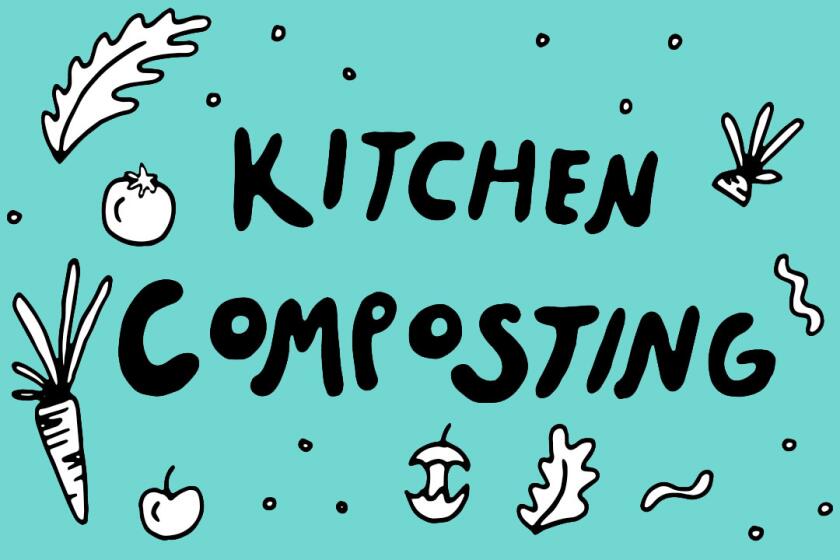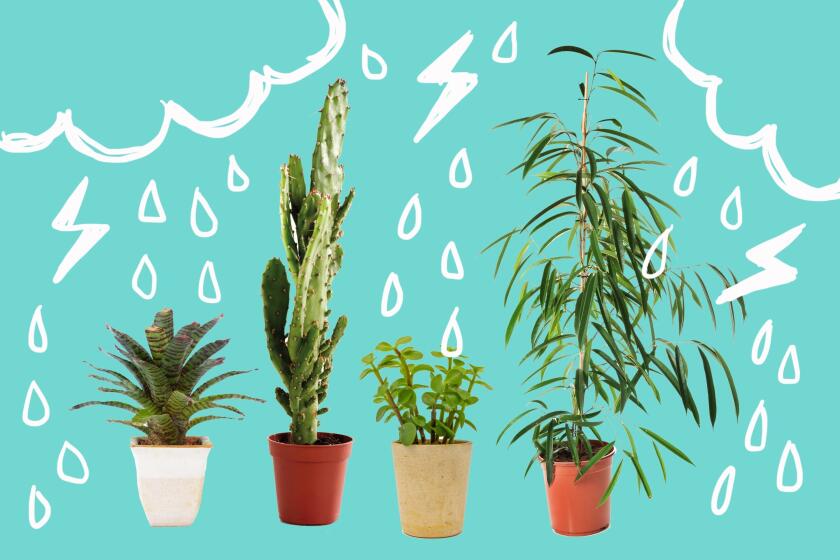No matter how well intended, resolutions often have a big problem: follow-through. Each year we swear an oath to ourselves about whatever it is we plan to do and then promptly forget about it, ignore it or, worst of all, wallow in guilt and self-loathing as we carry on pretty much like before.
The problem isn’t our intentions. It’s our scope. We vow to make sweeping changes that are heavy on ambition but light on reality. For instance, losing 30 pounds in 30 days might be doable, sure, but it’s probably not sustainable unless you surgically remove a limb. Changing your eating habits and getting regular exercise are time-tested techniques that work, but they require slow and steady persistence and the belief that things will be different, eventually, if you just persevere.
The latter is the gardener’s perspective as well. When you plant something, you give it good soil and adequate water and you put your faith in the slow unfolding of miracles. (How else do you explain a seed no bigger than your pinkie nail sprouting and growing to a sunflower 8 feet tall, with a stalk thicker than your arm and a massive bloom bigger than your head?)
That’s why I’d like to propose something a little radical for 2022: apply this principle to saving the world. I know that’s a resolution so vast and overwhelming no one could seriously (or soberly) claim it for their own, but hear me out.
Plant people have learned the power of taking small steps and waiting patiently for something to grow. They also understand that tending their own plot of land, whether it’s in pots on their balcony or a large swath of backyard, can not only make a difference in their personal happiness but also in the world.
Ron Finley, L.A.’s self-proclaimed Gangsta Gardener, sees gardening as a revolutionary act and calls himself an “ecolutionary — someone who gives a f— about this planet and is fighting for it.” He envisions a world where neighbors grow food to share with each other and those hardpan vacant lots and parkway strips between sidewalk and street are lush with birdsong, flowers and food-producing plants.
Here are seven ways to be a better partner to the Earth. Taking on a few of these suggestions can make an environmental difference, perhaps earn you appreciation from friends and neighbors, and maybe enhance your personal life with the satisfaction of bringing at least one world-saving resolution to fruition.
















